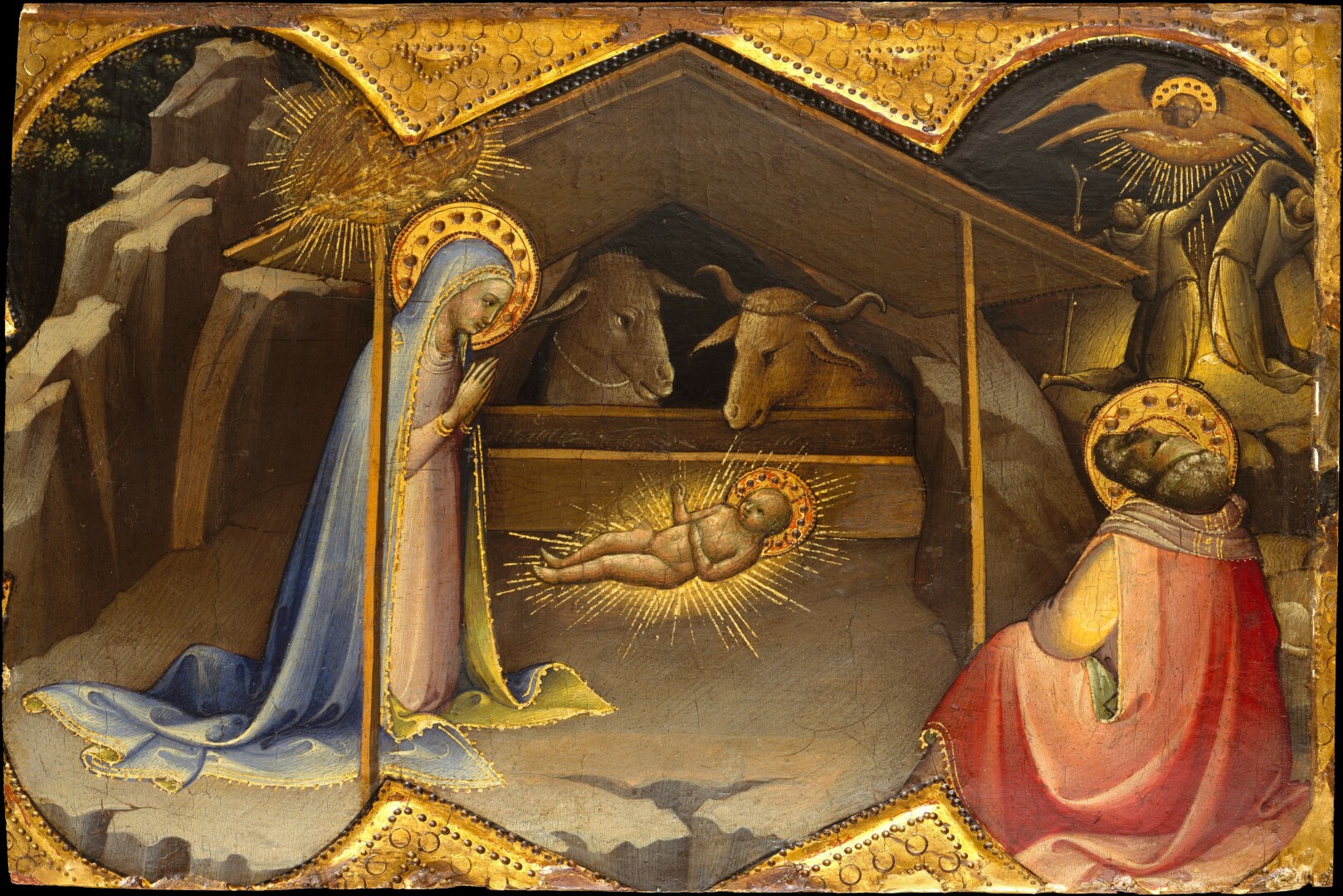
Preparing for the Sacrament of Holy Matrimony
1. The Order of Celebrating Matrimony within Mass
The Introductory Rites
-
Entrance
-
Sign of the Cross & Greeting
-
Introduction
-
[Penitential Act omitted]
-
Gloria (must be sung or recited)
-
Collect
The Liturgy of the WordThe Celebration of Marriage
|
Click here for everything you need to know when planning your wedding in the Catholic Church. |
Liturgy of the Eucharist
-
Preparation of Gifts
Eucharistic Prayer
-
Including Commemoration for husband & wife
Communion Rite
-
Our Father
-
Nuptial Blessing
-
Sign of Peace
-
Communion
The Conclusion of the Celebration
-
Blessing
-
Presentation of the Couple
The Rite of Marriage during Mass
The priest call meet the couple at the church door or before the altar, and address them with words suited to the occasion and of christian joy. It is a courteous and human way of introducing their relatives and friends and of creating an atmosphere of understanding and spirituality.
Then follows the liturgy of the word. The booklet gives a wide choice of readings, to be used according to the training, culture or general standards of the spouses and the other participants. With the aid of these a parish priest in a very big parish, who must often perform the rite, need not always repeat the same texts. Normally there will be three readings which in particular cases may be reduced to two. After the Gospel the priest gives the homily in which he illustrates the mystery of Christian Marriage, the dignity of conjugal love, the grace of the sacrament and the duties and responsibilities of those who are married.
Then the priest with appropriate words invites the spouses to express their consent before the Church and the community present. A short interrogation is then made so that they may publicly attest that they are freely entering marriage and are willingly undertaking its responsibilities.
The priest then invites them to give their consent. Instead of a simple "yes" in reply to the question of the celebrant demanded by the old ritual, a more complete formula is preferred; a formula that has been in use from medieval times in English speaking countries, namely, "I, N. take you, N. as my lawful wife (husband), and I promise you fidelity in riches and in poverty, in sickness and in health, in loving you and honouring you for all the days of my life".
The priest then invokes the blessing of God on their consent, saying: "May the Lord ratify the consent given by you before the whole Church, and may He be pleased to shower upon you His blessings".
If the spouses have any difficulty in saying so long a formula, the priest may ask them the same thing in the form of questions to which they will solemnly respond: "Yes, I will it."
Then the priest blesses the rings, saying: "May the Lord bless these rings which you are giving to each other as a sign of your love and fidelity".
The bridegroom then puts the ring on the finger of the bride, saying: "Receive this ring as a sign of my love and fidelity. In the name of the Father, and of the Son, and of the Holy Spirit." The bride does the same for the bridegroom repeating the same formula.
After the Prayer of the Faithful, suited to the occasion, the Mass continues with the Offertory at which the spouses may bring the offerings to the altar. The Preface is proper and also the Hanc Igitur of the Roman Canon.
Having said the Our Father the celebrant solemnly blesses the spouses. There are three formulae for this in the Rite: the traditional one, suitably changed and adapted so that the blessing is invoked on both the Spouses; and two new, shorter formulae which are to be found in nn. 120, 121. All three formulae contain an initial exhortation followed by a brief silent pause during which all present recollect themselves in prayer, and then follows the priest's prayer of blessing.
Another peculiarity of the Eucharist Liturgy is the sign of peace. The rubric is explained this way; "when the Pax Domini is said the Spouses and all present may express in some way their mutual charity". The Spouses may also receive Holy Communion under both species. This is one of the cases contemplated in the Instruction "Eucharisticum Mysterium" (n. 32, 2) and is here happily implemented.
Finally, another innovation: the final blessing, before the usual formula, is composed of a threefold wish which is at the same time a fervent prayer: "May God, Eternal Father, keep you one in mutual love, so that the peace of Christ may reside with you and remain always in your home. Amen". "So that you may be blessed with children, and find consolation among your friends, and that you may be at peace with all. Amen". "Be witnesses of God's love in the world. Be good and generous to the poor and afflicted so that one day they may welcome you in Heaven. Amen". "And may Almighty God bless all you who are united here, Father, Son and Holy Spirit. Amen".

